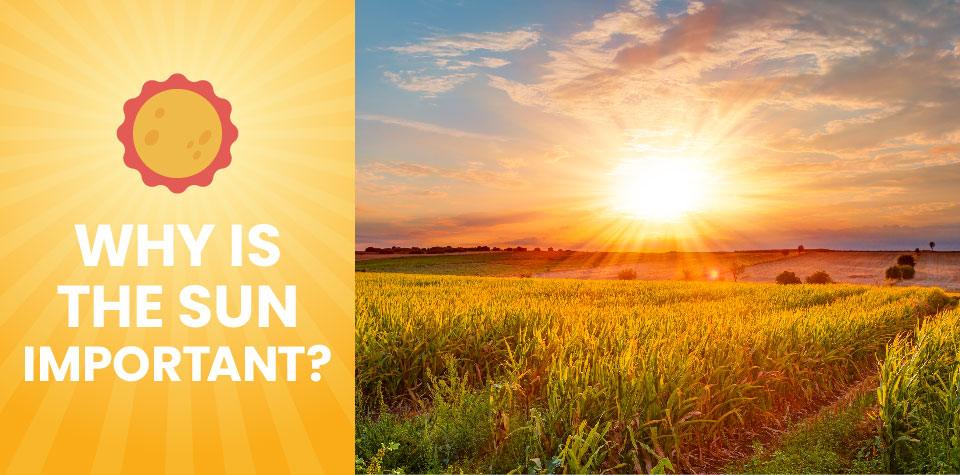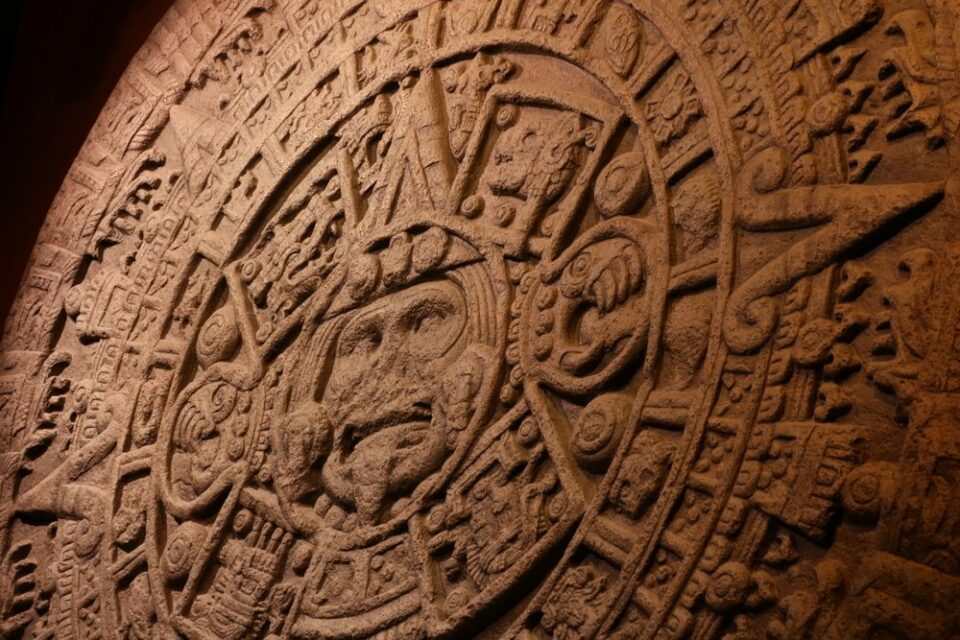
Why Is the Sun Important? Learn the Role It Plays on Earth
It’s wonderful to wake up and look out the window to see a bright, sunny day as a kid. When you’re young, sunshine means warmth, light, and plenty of time to play.
But the Sun’s rays do much more for our planet than facilitate playtime. The Sun is our most important source of energy, providing everything we need to support life on Earth. Without the Sun, we wouldn’t have plants, rain, daylight, or even people.
How does the Sun help our planet nurture all this life? Let’s learn more about why the Sun is important.
Why Is the Sun Important? Some Interesting Facts
Whether it’s supporting photosynthesis in a garden or powering an entire building, the Sun has been a key source of energy for our planet for billions of years. Here are some captivating facts about the Sun:
- Located in the center of our solar system: The Sun is a star, just like the ones you see in the night sky. It appears bigger because it’s much closer to Earth than any other star. The Sun is the only star within our solar system, and it sits right in the middle of the action. Its gravitational pull keeps Earth and the other planets (as well as moons and other celestial bodies) orbiting together. Without the Sun, there would be no solar system.
- The largest object in our solar system: According to NASA, the Sun is 109 times wider than the Earth. Wondering how big that is? Picture this: If you wanted to fill the Sun with planets, you would need 1.3 million planets the size of Earth to do it!
- About four and a half billion years old: The Sun is in the yellow dwarf phase of its life cycle. Eventually, it will grow into a bigger star called a red giant, but scientists don’t expect that to happen for another five billion years.
Scientists discovered how old the Sun is through nuclear cosmochronology. This technique uses minerals from our solar system (like moon rocks that astronauts collect) and studies how radioactive they are. Because our solar system was created around the same time as the Sun (remember, the Sun’s gravity holds it all together), scientists can determine the Sun’s age by looking at these other minerals.
- It’s the hottest spot in our solar system: The Sun’s warmth may feel nice on a summer day, but you wouldn’t want to get too close to this star. The surface temperature of the Sun averages about 10,000°F (5,500°C), so hot that nothing can live on it.
- Several spacecraft orbit the Sun: There are several spacecraft constantly monitoring the Sun and witnessing solar activity. These include the Parker Solar Probe, Solar Orbiter, SOHO (Solar & Heliospheric Observatory), ACE (Advanced Composition Explorer), IRIS (Interface Region Imaging Spectrograph), Wind, Hinode, SDO (Solar Dynamics Observatory), and Solar Terrestrial Relations Observatory (STEREO).

What Else Orbits around the Sun?
The spacecraft we just mentioned aren’t the only things orbiting the Sun. There are innumerable celestial bodies traveling around it right this very moment—including the one you call home.
Eight planets orbit the Sun: Mercury, Venus, Earth, Mars, Jupiter, Saturn, Uranus, and Neptune. In addition to the planets, more than 200 moons circle the planets and asteroids that orbit the Sun. Once you add in countless asteroids and icy masses flying through space, you have one bustling solar system!
How Does the Sun Support Life on Earth?
The Sun is the driving force behind many of our daily tasks. All over the planet, on warm, dry days, people hang their recently washed clothes outdoors, where the Sun’s heat can dry them. And this is just one tiny example of the Sun’s power. Here are other ways the Sun makes life possible on Earth:
- Warms and lights up the planet: There are many reasons why the Sun is important to life on Earth. First, solar energy and light are vital for life. Without solar energy, the Earth’s surface would be freezing cold, much like the more distant planets and icy bodies in our solar system. Without its light, there would be no daytime, and there would be no moonlight (which is reflected from the Sun) during the endless night.
- Keeps our bones strong: Ultraviolet rays from the sun help the human body produce vitamin D, an essential nutrient that helps our bodies absorb minerals like calcium (which keeps our bones strong) and phosphorus (which repairs our cells and DNA).
- Helps plants grow: The Sun is highly important for plants, as it helps trigger photosynthesis. When the Sun beams down on plants, the solar energy causes a chemical reaction in plant cells. This chemical reaction gives plants energy to produce sugar and oxygen. They consume the sugar, which helps them grow, and emit oxygen into the air for us to breathe. Photosynthesis gives us healthy plants to eat and the oxygen we need to survive.
- Facilitates evaporation: Sunshine and rain may seem like total opposites, but if we didn’t have the Sun, we wouldn’t have rain. Clouds form when water evaporates and then condenses into droplets in the air. When those droplets become too heavy to stay in the sky, they fall back down to Earth as rain, and the process begins again. But what starts this cycle? You guessed it—the Sun! Sunlight and heat cause evaporation, which is why the Sun is critical for creating rain.
- Forms fossil fuels: Every day, billions of people use natural gas, coal, or oil to power things like their cars, stoves, or washing machines. These energy sources are known as “fossil fuels,” because they come from the fossilized remains of animals and plants buried in the ground millions of years ago. But without the sunlight that helped those plants and animals grow in the first place, there would be no fossil fuels!
- Generates electricity: As people focus on finding clean energy sources around the world, the Sun has been very valuable! Solar panels on roofs or in open spaces can capture and store solar energy as electricity or heat so that we can use it to power things like ceiling fans, water heaters, and much more. The rise of electric vehicles means even cars can run on solar power!

An Inspiration Since Ancient Times
The Sun has been the center of mythologies and religions worldwide for thousands of years. In Mesoamerica, Aztecs used to worship it, while Japanese Shintoism holds Amaterasu, the sun goddess, as one of its most important deities. Long ago, Stonehenge was built in England to align with the Sun’s yearly movement. In Hinduism, people offer holy water to the Sun in a ritual called Surya Arghya. No matter how much we discover about the Sun, this brilliant star continues to awe and inspire people in many ways all over the world.
If your children are fascinated by the Sun and all things outer space, you can encourage their interest with fun, space-themed activities. Build a cute astronaut out of paper and find out how long it would take your kids to get to space. Play a game of bingo to help them learn the names of the planets and moons in our solar system. And most importantly, get out there and enjoy all that warmth and sunshine!
